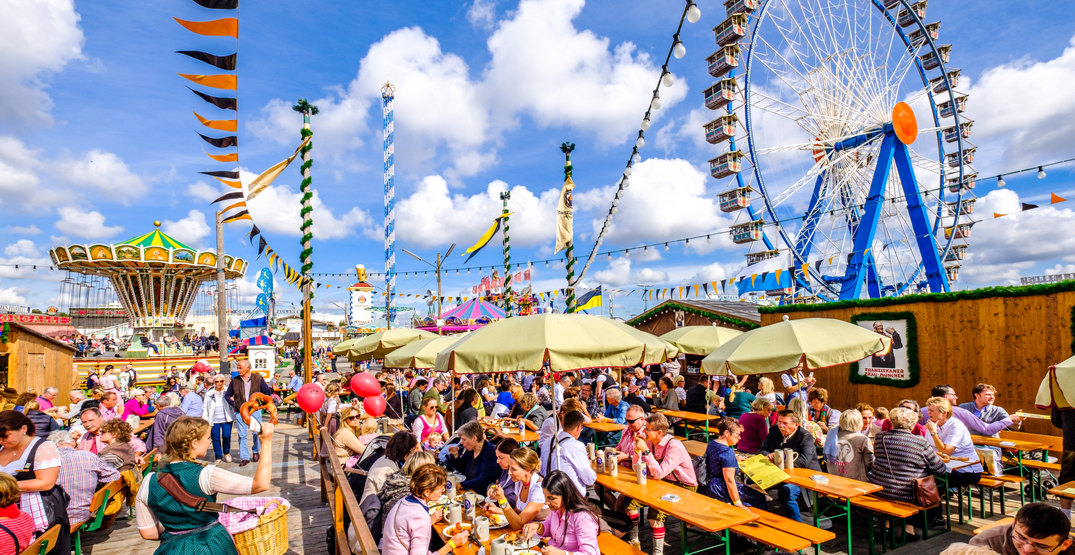Introduction
It’s the season of the most awaited festival in Munich. Oktoberfest! In all its glory, Oktoberfest is one of the most exciting festivals that take place during the fall in Germany. Locals and tourists come together to enjoy the beer-drinking festivals which also includes delicious food and traditional 18th-century costume. Many people wear dirndl and lederhosen for Oktoberfest in Germany.
Lederhosen
Lederhosen, the german term literally translates to ‘leather trousers’ in English. They usually end at the knee and are accompanied by suspenders to support the trousers. The trousers come in many shades, primarily in browns of leather.
Where it Came From
Lederhosen was discovered in the 18th century when Bavarian farmers needed something to withstand the harsh temperatures of the alps and their working environment. The leather in lederhosen allows them to withstand the freezing temperatures of the winters and the heat of the summers. Leather also acts as a barrier to protect their clothes from getting dirty to wet.
Contribution to History
Due to its significant contribution to culture and history, lederhosen for Oktoberfest is a trademark traditional. Not only was it one of Bavaria’s most popular inventions but it became widespread in the rest of Europe.
How its Popularity Grew
Neighboring countries such as Austria and parts of the swiss alps also wore the outfit. So much so, at one point the royal families took interest in the attire and started wearing them for outdoor leisure activities. This helped lederhosen to sweep into the noble class of most states.
How its Popularity Declined
Eventually, its hyped died as jeans from the west took over. In the 19th century, jeans started to become a growing rage in parts of France and Italy. This nudged out leather trousers for a while until heritage preservation clubs and organizations were formed in Germany.
When people started to wear lederhosen for Oktoberfest, tourists followed suit and it became a trademark outfit for future festivities to come.
Dirndl
Women’s wear in Germany is the traditional dirndl. They were first worn by Austrian servants of the Austrian royal family and noble class during the late 18th century. Due to its appealing look and the growing women’s working class, traditional dirndl became a dress for everyone.
Concept Behind the Dress
Dirndl symbolizes the contribution of women in the development of Bavarian society and culture. Moreover, they were beautiful dresses that could be styled and worn to many celebrations and formal events.
Constituents of the Dress
The dirndl comprises of a blouse, preferably in whites or color of nudes. A skirt with an apron on top compliments the shades of the dress. These aprons are usually avoided with designs of specific designs to clans in central Europe. This way if a traveler was passing by, he would know which clan he was going through by the symbols and designs on the women’s dresses.








